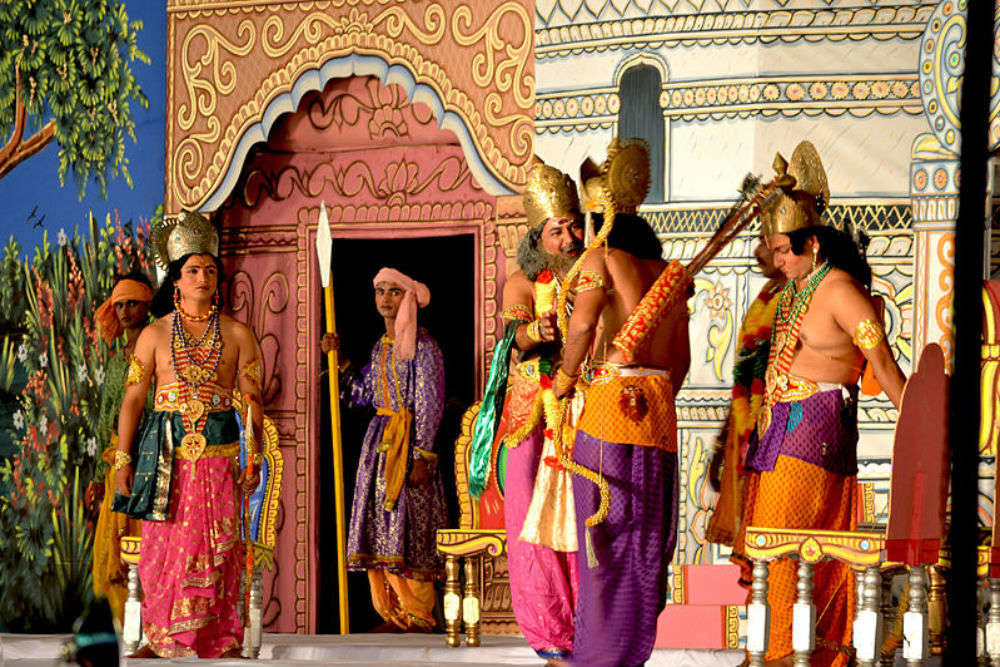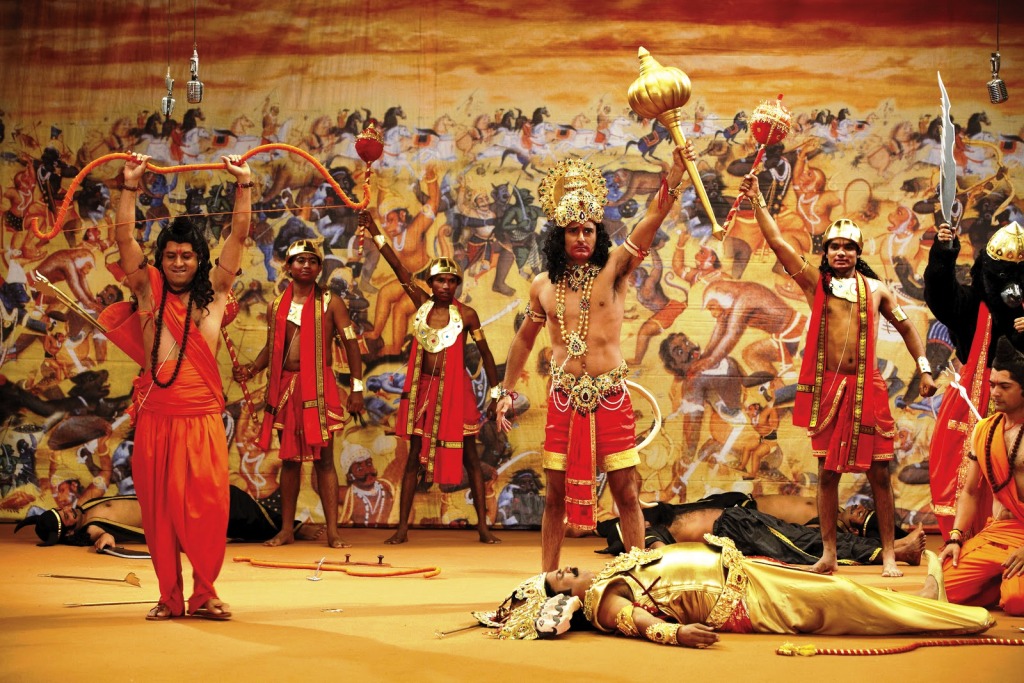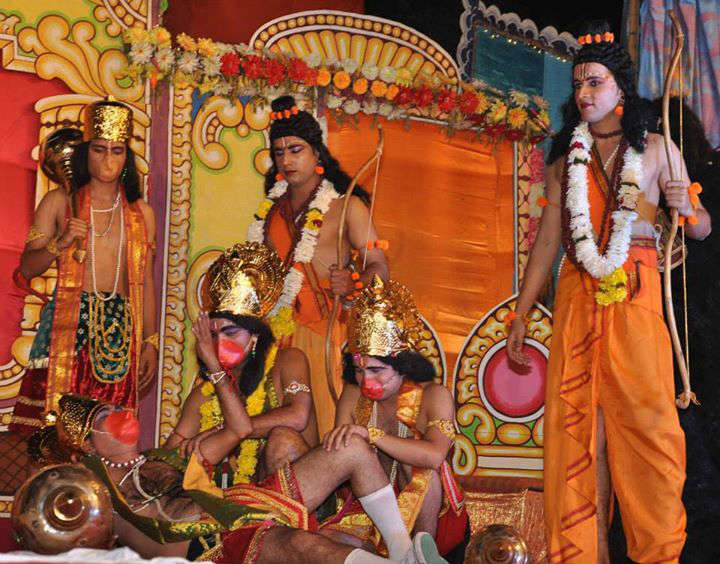ॐ श्री गुरुभ्यो नमः ॐ श्री शिवानन्दाय नमः ॐ श्री चिदानन्दाय नमःॐ श्री दुर्गायै नमः
Source of all Images in this Blog-post : Google Images : ‘Google Image Search’ will reveal the multiple sources of every single image shared here. For more details, kindly see ‘Disclaimer‘

Dussehra, Ram Leela & Delhi
When we talk about the joyous, fun-filled festivals and celebrations in India, Ram Leela in Delhi is one of the most awaited events of the year.
The supremely entertaining Ram Leela, celebrated annually on the day of Dussehra, marks the victory of Lord Rama over the demon-king Ravana. This is the day when life-size effigies of Ravana, Meghnath and Kumbhakarana are burned in an enactment.

A number of people plan their trips to the city of Delhi during this time especially to witness the event that also attracts the attention of the international media.

Why Ramlila holds great significance on this day
Dussehra or Vijayadashami is a widely celebrated festival in our country. The tenth day after the nine-day long Navratri fervour is known as Dussehra. The festival is celebrated differently in various parts of the country.

For the people hailing from the eastern side of the country, Vijayadashami is celebrated at the end of Durga Puja which marks the victory of Goddess Durga over the demon Mahishasura.
While in North India, the festival is celebrated as Dussehra, a mark of Lord Rama’s victory over the evil Ravana.
Lord Rama is the Avatar (Incarnation) of Lord Vishnu and is known for showing the path of righteousness to his devotees.
Ravana, the intelligent Maha Brahmin, who fell due to his pride had kidnapped Lord Rama’s wife Sita.
And it is on the day of Dussehra that the Lord finally killed Ravana and marked the victory of good over evil- a lesson to learn for the future generations.
In some parts of India, especially in North India, a series of theatre performances termed as Ramlila takes place. An elaborate theatre is set up and the tale of how Lord Rama defeated Ravana, essentially taken from ‘Ramayana’ is narrated along with a fare organised for the audience.
On the day of Dussehra, the final episode of the epic is enacted in which Lord Rama kills Ravana. After the enactment, effigies of Ravana, his brother Kumbhkaran and son Meghnath are burnt.
Ramlila is chiefly enacted to celebrate Lord Rama’s victory over Ravana and to give out the message that good always triumphs over evil. The festive fervour during Dussehra is something that can’t be missed and felt especially if you attend a vibrant and theatrical Ramlila.
A YouTube Video : https://www.youtube.com/watch?v=ZtFN6x5aP_s
Dussehra, Ram Leela and Lucknow
Harmony in Celebration: Dussehra and Ram Leela in Lucknow
Dussehra, also known as Vijay Dashmi, marks the culmination of Navratri and symbolizes the triumph of good over evil, celebrated throughout India. In Lucknow, the celebration of Dussehra takes on a unique flavor due to its Ganga-Jamuni Tehzeeb, embracing people of all faiths across the city.
The Nawabs of Lucknow historically embraced religious diversity, with Nawab Sadat Ali Khan initiating the tradition, and King Muhammad Ali Shah and Wajid Ali Shah actively participating in Dussehra festivities. Revered figures like Mahant Rama Lal Saran initiated the Ram Leela celebrations in Lucknow, particularly at Aishbagh.
Mausamganj hosts one of the oldest Ram Leelas in Lucknow, led by Munshi Shekhawat Ali and Bhuvan Chaudhary, with its roots tracing back 134 years. Ram Leela, a theatrical retelling of the Ramayana, unfolds across Lucknow over ten days, culminating in the epic battle between Ram and Ravana.
The grand finale of Ram Leela sees the symbolic burning of Ravana’s effigy at Aishbagh’s Ramlila ground, orchestrated by Shri Ram Leela Samiti, accompanied by dazzling fireworks. Dussehra in Lucknow coincides with the celebration of Durga Puja, observed at venues like the Bengali Club, Shashi Bhushan, and Ram Krishna Math.
Lucknow’s rich cultural tapestry ensures that all festivals, including Dussehra and Durga Puja, are embraced with equal fervor, highlighting the city’s vibrant diversity and communal harmony.
